Asus ROG Raikiri Pro review: Wasted potential
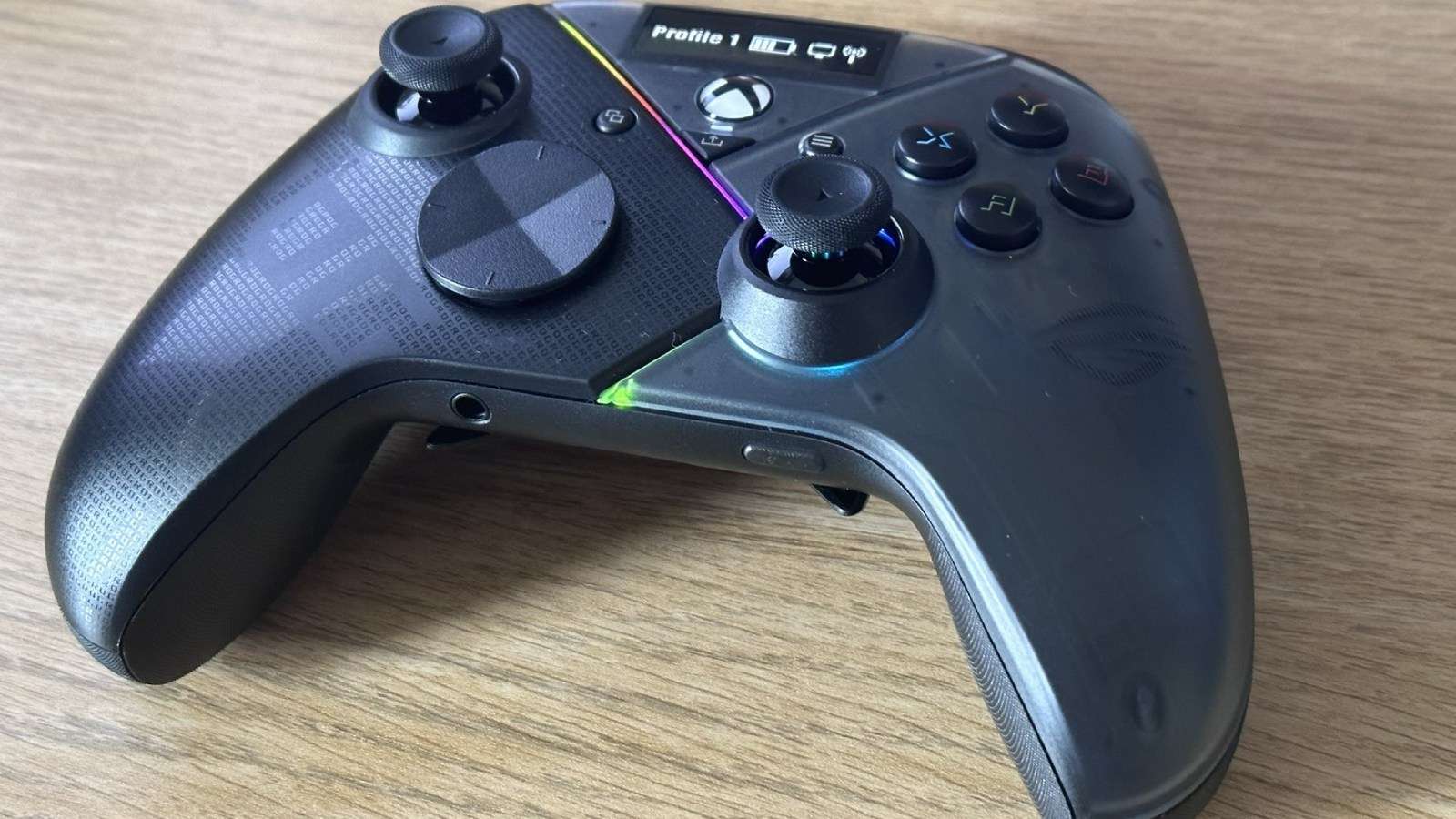 Dexerto
Dexerto The Asus ROG Raikiri Pro is the latest controller from the company, and it sports a handful of curious features like an OLED screen, in addition to premium trimmings, but is it worth the steep price?
The world of video game controllers has been transformed by the increasing adoption of hall-sensing, undriftable analog sticks. We’ve previously seen them in the 8BitDo Ultimate Controller, in addition to the GameSir T4 Kaleid. Sadly, Asus’ new offering does not adopt the game-changing hall-effect sticks and has instead decided to focus on other areas.
That area is a programmable OLED screen that serves next to zero practical function. The controller debuts at $169.99, making it a pretty pricey option.
Key specs
- Connectivity: USB-C, Wireless (2.4Ghz, Bluetooth)
- Compatibility: PC, Xbox (Wired only)
- Battery life: 48 hours
- Price: $169.99
- Features: Four back buttons, programmable OLED, trigger stop function
Design
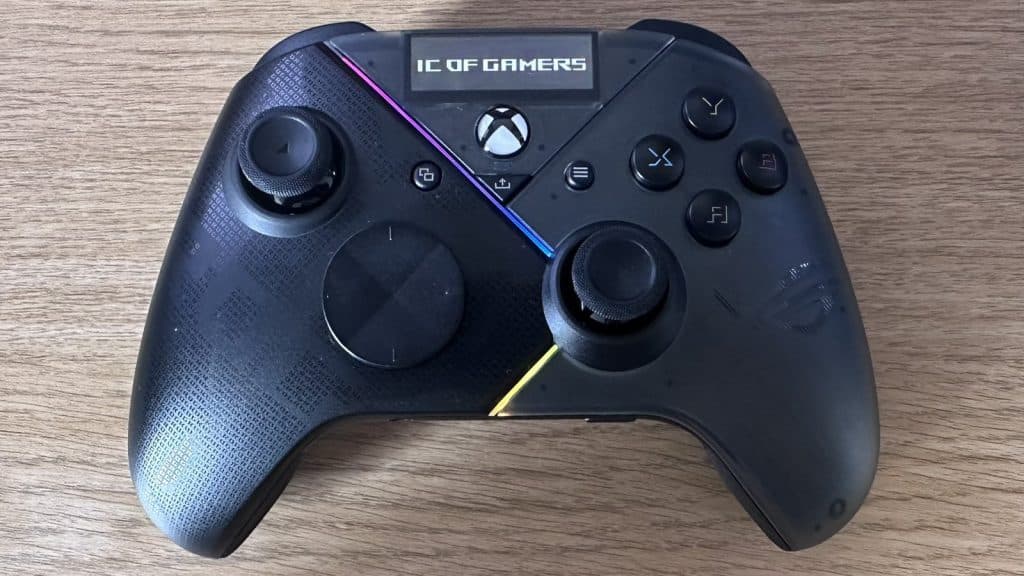 Dexerto
Dexerto The Asus ROG Raikiri Pro looks almost identical to an Xbox Series controller. From its shape to stick placements and button layout, everything is functionally identical, so you should have very little problem fitting this into your hands, or confused at any button placements.
The controller is finished with several different types of plastic throughout, all kitted out with ROG branding, which looks fantastic here since it’s more subtle than their overtly gaudy laptop designs. Three panels are cut into segments, with a diffused line of vibrant RGB running through it. You can also find a small OLED screen here, which bursts into ROG animations, which you can select through the menus above. Sadly, the controls do not program the controller’s four back buttons.
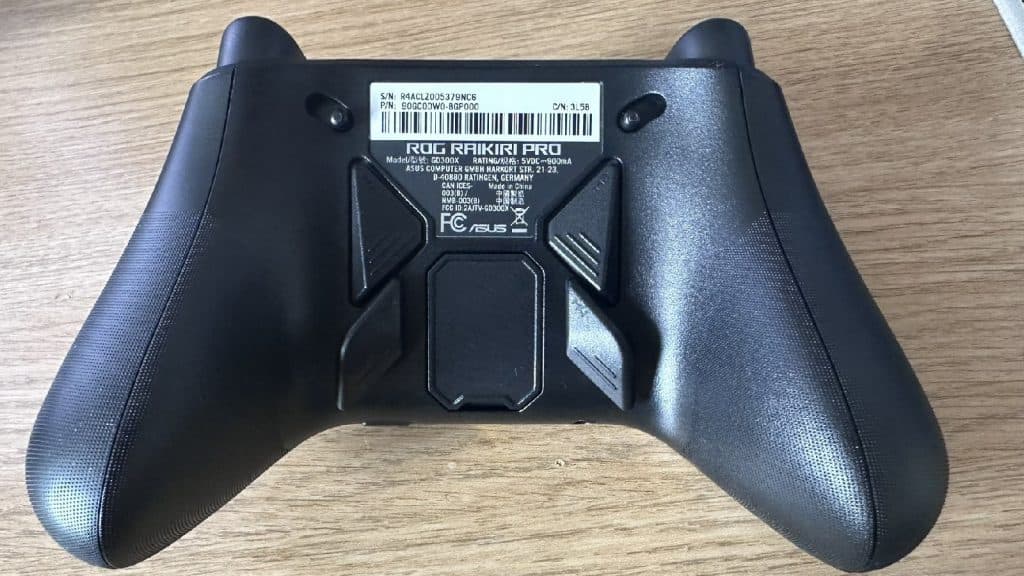 Dexerto
Dexerto The placement of the back buttons here is frustrating, forcing you to use your fingertips to actuate the angular keys. There seems to have been very little thought into their placement, which is upsetting to see, considering Sony’s excellent effort with the Dualsense Edge.
The rear sports a gripper finish, in addition to housing a magnetic foor for the 2.4 GHz dongle. Up at the top, you also get switches for the trigger stop functions, too.
Of note here is the D-Pad, which feels like a worse version of the recessed Razer Wolverine V2 Pro‘s implementation. Its disc shape will work for many titles, but as l will get onto in my testing, is not fit for purpose. Up top you get a USB-C connector for hooking up to Xbox since the controller does not work wirelessly on the platform, which is almost criminal, considering how much this controller is retailing for.
Features
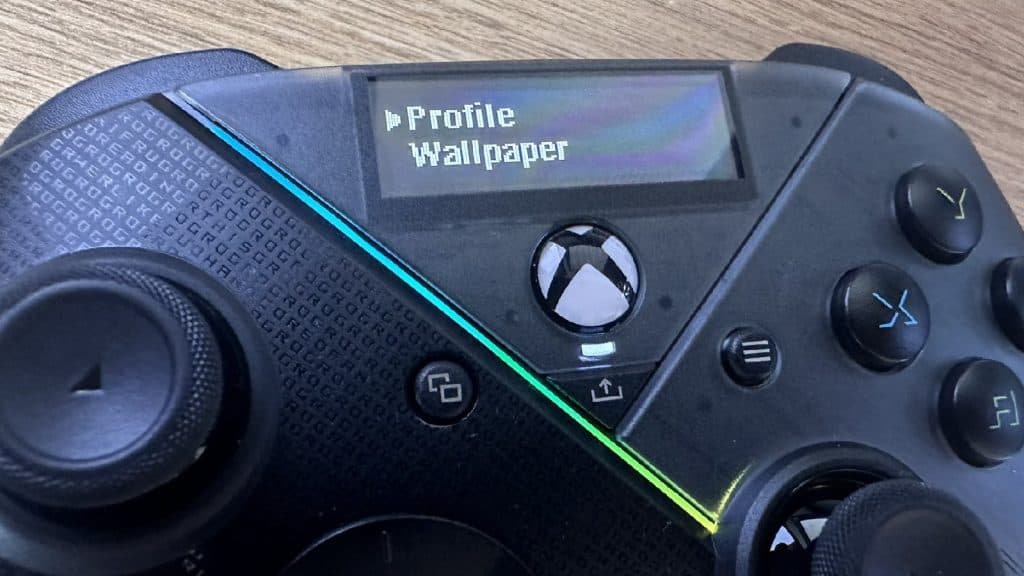 Dexerto
Dexerto Calling the OLED a feature panel is a stretch at best. All it really does is display connection type, and current battery life and have the ability to change wallpapers. You cannot control the rear buttons, or reassign buttons through the OLED Screen or controller’s internal software.
This is a disappointing oversight considering the possibilities. Instead, to configure the button mappings, you’ll have to resort to hooking the controller up to a PC with Armory Crate software. Here, you can also switch up lighting, and trigger sensitivity, in addition to vibration and dead zones. I would have enjoyed a method to switch up button mapping directly on the controller, like the Victrix Pro BFG and GameSir T4 Kaleid, but there seems to be no such feature present on the ROG Raikiri Pro.
Gaming performance
The ROG Raikiri Pro is suitable for most titles on PC, but you’ll have to wire it up if you want to use the controller on Xbox, which seems like yet another pitfall that the controller falls into. But, once you are up and running, it’s pretty smooth sailing for the most part.
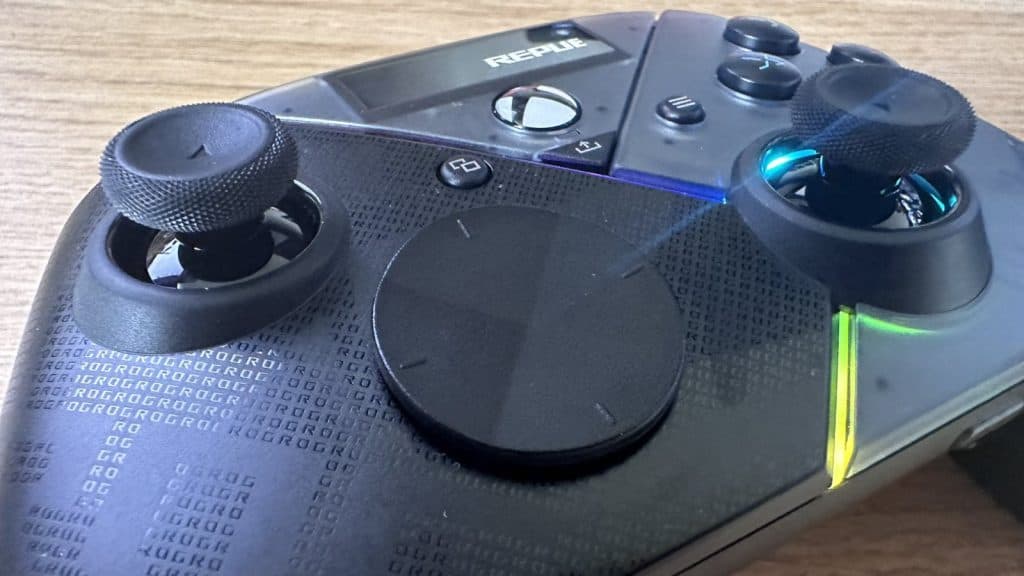 Dexerto
Dexerto However, I found that the D-Pad was not fit for use in titles like Street Fighter 6 and Guilty Gear Strive. This is due to the way that it has been designed, most notably, with the amount of effort required to actuate each distance. The Razer Wolverine V2 Pro implements a similar recessed disk with microswitches, which feel buttery smooth to actuate. Here, getting any direction is a nightmare, and the lack of any indentation means that your thumb slides around maniacally while attempting to utilize motion inputs.
This could lead to blisters and missed inputs. It’s not suitable for use for fighting games, platformers, or anything that requires precision.
The back buttons are placed fairly high onto the controller, which makes them uncomfortable to use when attempting to play titles like Fortnite using them, I ended up fumbling our fingers around and missing inputs more than a few times. The disc shape of the Dualsense Edge is the gold standard for controller rear buttons, but even implementations like the Victrix Pro BFG will be more than good enough to appease most.
On the other hand the trigger stop, face buttons, bumpers, and triggers all work a treat, meaning that you can play many titles just fine with the ROG Raikiri Pro. It’s just a shame that the sticks are resistive, meaning that they will degrade over time. Asus could have chosen to use hall sensors, which do not degrade. But, once it inevitably drifts, it’s game over, as you cannot replace the sticks easily.
Should you buy it?
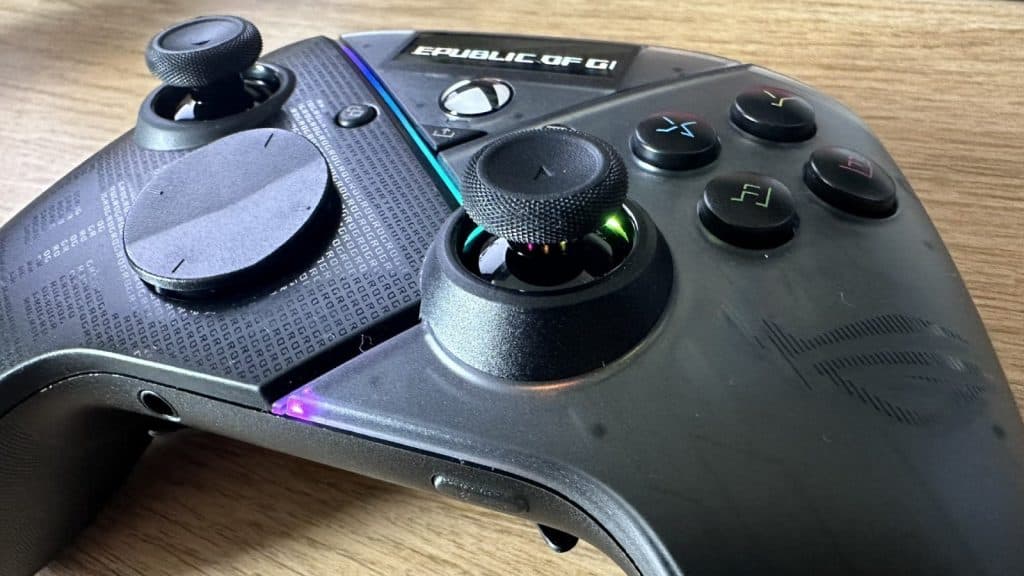 Dexerto
DexertoThe ROG Raikiri Pro is one of the most frustrating controllers I have tested. Though it’s ergonomically sound and will work in many titles just fine, there is just so much wasted potential left on the table here. Puzzling decisions like spending time on an almost functionally useless OLED screen instead of spending more time making better decisions with regard to its back buttons, onboard functionality, D-Pad, or hall-sensing sticks.
The Verdict: 2/5
The ROG Raikiri Pro is a valiant attempt at making a good performance controller, but it simply comes with too many caveats to recommend over other options on the market like the Xbox Elite Series 2, Razer Wolverine V2 Pro, and other cheaper options on the market. This is a disappointing juxtaposition compared to its efforts in the keyboard scene, considering the amount of promise held by the controller when initially announced at CES. Steer well clear.
If you click on a product link on this page we may earn a small affiliate commission.



